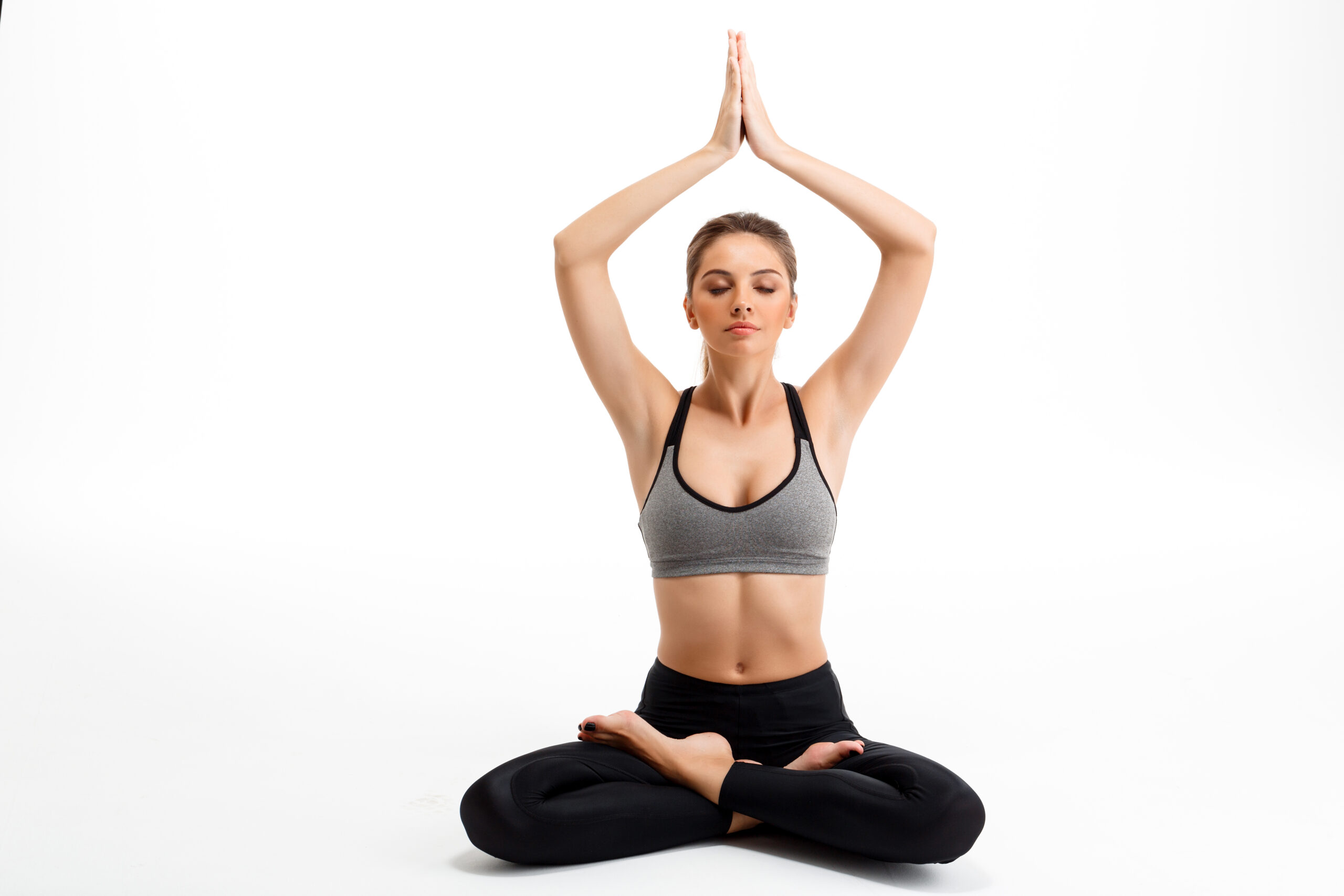Unlock the Power of Hatha Yoga: A Path to Balance and Wellness
Hatha Yoga is a traditional and foundational style of yoga that has been practiced for centuries, combining physical postures, breathwork, and meditation. It is one of the most widely practiced forms of yoga and is known for its slower pace and focus on alignment and breath control. In this article, we will explore what is Hatha Yoga, its key components, and the benefits it offers to practitioners of all levels. If you’re new to yoga or looking for a more balanced practice that engages both the body and mind, Hatha Yoga can be a great starting point.
What is Hatha Yoga?
The word “Hatha” comes from two Sanskrit terms: “Ha,” meaning sun, and “Tha,” meaning moon. This symbolism represents the balance between opposites, such as strength and flexibility, effort and relaxation, and activity and calmness. The ultimate goal of Hatha Yoga is to achieve harmony between these opposing forces, both in the physical body and within the mind.
Hatha Yoga is often seen as the foundation of all yoga styles, including the more dynamic practices like Vinyasa and Ashtanga. Its Classical Yoga approach provides practitioners with the tools needed to develop flexibility, strength, mental clarity, and inner peace.
Key Components of Hatha Yoga
Hatha Yoga is built upon three main pillars: asanas (physical postures), pranayama (breathing exercises), and dhyana (meditation). Each of these components plays a vital role in the practice and contributes to overall well-being.
- Asanas (Physical Postures): Asanas, or yoga postures, are the physical aspect of Hatha Yoga. These poses are designed to stretch, strengthen, and align the body while improving flexibility. Some of the most well-known Hatha Yoga poses include:
- Mountain Pose (Tadasana): A standing pose that promotes good posture and balance.
- Downward-Facing Dog (Adho Mukha Svanasana): A popular pose that stretches the hamstrings, shoulders, and spine while strengthening the arms and legs.
- Child’s Pose (Balasana): A gentle resting pose that helps relax the back and hips.
- Pranayama (Breathing Exercises): Breath control, known as pranayama, is a crucial aspect of Hatha Yoga. By regulating the breath, practitioners can calm the mind, increase energy, and improve concentration. Some common pranayama techniques include:
- Ujjayi Breath: A deep, controlled breath that helps maintain focus and calm during practice.
- Nadi Shodhana (Alternate Nostril Breathing): A technique that balances the body’s energy and clears the mind.
- Kapalabhati (Skull-Shining Breath): A rapid breathing exercise that energizes and cleanses the body.
- Dhyana (Meditation): Meditation is the third key component of Hatha Yoga. It helps practitioners develop mindfulness, improve focus, and cultivate inner peace. In Hatha Yoga, meditation often follows physical postures and breathing exercises, allowing the mind to settle and the body to relax. The combination of movement and stillness creates a balanced state of physical and mental well-being.
Benefits of Hatha Yoga
Hatha Yoga offers numerous benefits for both physical and mental health. Here are some of the most significant advantages:
- Improved Flexibility: Regular practice of Hatha Yoga increases flexibility in the muscles and joints, leading to better range of motion and reduced risk of injury.
- Increased Strength: Many of the poses in Hatha Yoga require you to support your body weight, which helps to build muscle strength, especially in the core, arms, and legs.
- Stress Reduction: The combination of breath control, physical postures, and meditation helps to calm the nervous system, reducing stress and anxiety.
- Better Posture: Hatha Yoga improves body awareness, helping practitioners maintain good posture in their daily lives, which can reduce back and neck pain.
- Enhanced Mental Clarity: The mindfulness aspect of Hatha Yoga helps clear the mind, making it easier to focus and remain present.
- Inner Peace: Regular practice promotes a sense of calm and emotional stability, helping to manage feelings of stress and tension.
How to Get Started with Hatha Yoga
If you’re new to yoga or interested in deepening your practice, finding a Hatha Yoga Near You is a great place to begin. With the focus on proper alignment, breath, and mindfulness, Hatha Yoga is suitable for practitioners of all levels, including beginners. Many yoga studios, community centers, and gyms offer Hatha Yoga, so finding a class nearby can be convenient.
When choosing a class, consider starting with a beginner or introductory level if you’re unfamiliar with the practice. It’s also helpful to find a teacher whose style resonates with you, as the right instructor can guide you in achieving a deeper understanding of the practice.
Additionally, many online platforms now offer virtual Hatha Yoga classes, which can be a great option for those who prefer to practice from home. Online classes allow for flexibility in scheduling, making it easier to incorporate yoga into your routine.
Conclusion
Hatha Yoga is a gentle yet powerful practice that focuses on creating balance within the body and mind. By combining physical postures, breathwork, and meditation, Hatha Yoga provides a holistic approach to health and well-being. Whether you’re looking to improve your flexibility, reduce stress, or simply find a sense of inner calm, Hatha Yoga offers something for everyone.
If you’re ready to start your yoga journey, look for a class near you or explore online options to find what works best for your schedule and lifestyle. With regular practice, you can experience the many benefits of Hatha Yoga and cultivate a stronger, more balanced, and peaceful life














Post Comment